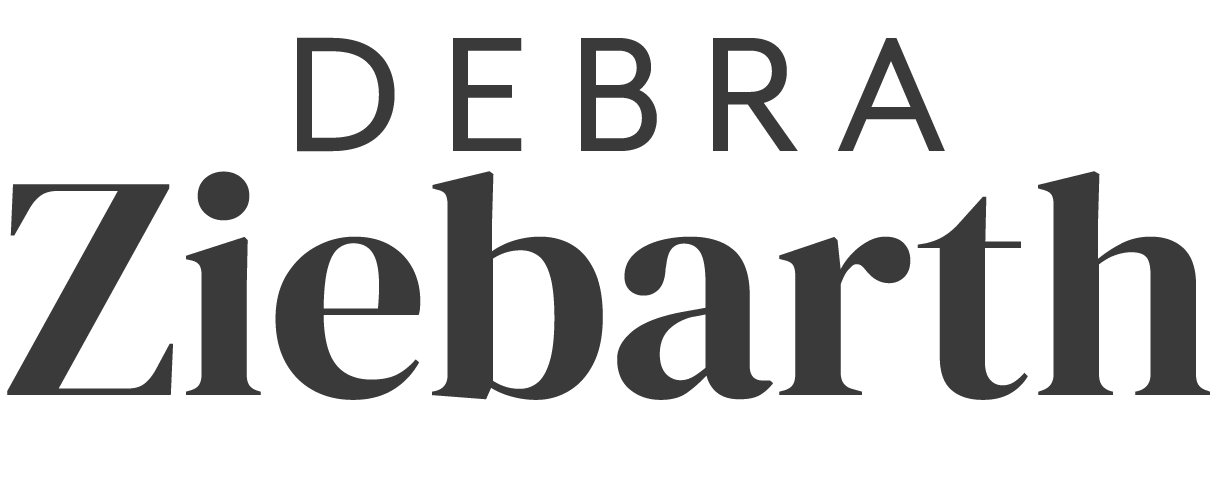Breaking Down Jargon

Tara, a content strategist at the healthcare company VitalEase, is staring at a draft of their latest cholesterol education pamphlet. It’s a Frankenstein’s monster of technical terms, dense paragraphs, and Latin roots that no one but a medical professional would understand. She’s just returned from a focus group where a patient asked, “Is LDL the good one or the bad one?” followed by a collective sigh of confusion. Tara’s frustration is palpable—she knows the content needs to inform, but right now, it’s a brick wall instead of a bridge.
Simplifying complex concepts isn’t just about making things “dumbed down.” It’s about accessibility. Whether it’s a patient trying to understand their diagnosis or a caregiver deciding between treatment options, clear communication can be the difference between empowerment and overwhelm. For healthcare companies like VitalEase, that clarity isn’t optional—it’s essential.
This article explores how to take dense, jargon-filled topics and turn them into clear, compelling messages. Through strategies, frameworks, and examples, you’ll learn how to make even the most complex ideas stick.
Part 1: Why Simplifying Complex Concepts Matters
Healthcare information isn’t one-size-fits-all, and too often, it’s written as though everyone reading it has a medical degree. This gap between content creators and end users can have serious consequences: misunderstood instructions lead to missed medications, improper dosages, or worse, distrust in the healthcare system.
At VitalEase, Tara spearheaded a campaign to simplify cholesterol education materials. She started with a key question: “What does the audience really need to know?” Instead of dumping every detail about lipids and molecular structures, the materials highlighted actionable takeaways: “LDL = bad. HDL = good. Here’s how to keep them in balance.” Patients left feeling informed rather than overwhelmed. The results were immediate: more confident patients, fewer redundant questions, and increased engagement.
Part 2: Strategies for Translating Complexity into Clarity
Simplifying complex concepts starts with understanding your audience. Tara mapped out who would be reading the materials, focusing on outcomes for patients and clear instructions for caregivers. This informed tone, structure, and layout.
Storytelling became one of Tara’s favorite tools. Rather than diving into biochemistry, she used relatable analogies: “LDL cholesterol is like a bad houseguest who won’t leave. HDL is the friend who helps you clean up after the party.” This metaphor turned a dry topic into something memorable.
Chunking information into manageable pieces also helped. Tara organized the pamphlet into sections with clear headers like “Steps You Can Take Today.” Bullet points and infographics replaced long paragraphs, making the content more engaging and skimmable. By focusing on plain language and actionable essentials, Tara ensured accessibility.
Part 3: Messaging Frameworks That Work
Tara relied on proven frameworks to refine her messaging. The Teach-Back Technique was a favorite. She tested content by asking focus groups to explain key points back to her. When participants could confidently summarize, she knew the messaging worked.
She also leaned on the Five C’s of Communication: Clear, Concise, Correct, Complete, and Concrete. When her team suggested adding molecular diagrams, she asked, “Does this help our audience act, or does it overwhelm them?” If it wasn’t actionable, it didn’t make the cut.
For a digital campaign, Tara introduced Maria, a fictional character managing cholesterol through diet and exercise. Maria’s relatable journey reinforced practical steps, blending storytelling with actionable advice.
Part 4: Examples of Simplified Healthcare Messaging
Tara’s work extended beyond pamphlets. At VitalEase, her team created an animated explainer video on managing diabetes, featuring vibrant visuals and a friendly narrator. Instead of a wall of text, the video compared blood sugar spikes to rollercoaster dips, resonating with viewers. The campaign led to a 35% increase in patient engagement.
Another example was a quick-reference guide for caregivers of elderly patients with heart conditions. It included color-coded charts, step-by-step instructions, and QR codes for more detailed resources. Caregivers found it simple and practical during stressful moments.
These examples underscore how creative approaches—visual aids, relatable comparisons, and clear organization—can transform technical topics into accessible knowledge.
Part 5: Challenges and How to Overcome Them
Simplifying complex content isn’t without hurdles. Tara often navigated between compliance demands for exhaustive detail and the audience’s need for simplicity. During a heart health campaign, compliance insisted on detailed disclaimers, cluttering the design. Tara’s solution? Layered communication. Simplified visuals for patients included QR codes linking to in-depth explanations, balancing precision with clarity.
Addressing diverse literacy levels was another challenge. Tara used readability tools to ensure content met a fifth-grade reading level and refined messaging through focus group feedback. By staying flexible and creative, she bridged the gap between technical accuracy and patient understanding.
Clarity: The Unsung Hero
Tara’s work at VitalEase highlights the transformative power of simplifying complex concepts. By prioritizing audience needs, leveraging storytelling, and using proven frameworks, she turned technical information into tools of empowerment. Her ability to balance precision with accessibility set a standard for effective healthcare communication.
Simplification isn’t about reducing importance—it’s about amplifying impact. From patients navigating diagnoses to caregivers managing treatments, clarity can save lives. Challenges like compliance hurdles and diverse literacy levels may arise, but creative solutions ensure content remains both accurate and accessible.
Whether you’re a content strategist or a healthcare professional, remember: clarity is kindness. Simplifying doesn’t diminish complexity—it elevates understanding. When the message gets through, the results can truly be life-changing.




Comments ()